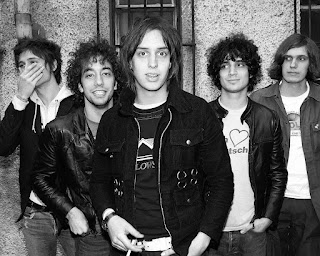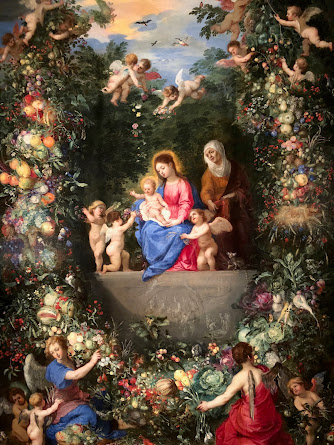Let’s set the stage: it’s 1911, you’re wearing a tweed overcoat two sizes too big, and the man solving murders with pastoral charm is not a Scotland Yard inspector or a cocaine-fueled violinist, but a short, round-faced priest wielding an umbrella and the psychological insight of a seasoned shrink. The Innocence of Father Brown is the literary equivalent of inviting Sherlock Holmes to afternoon tea with the Vatican. It’s also one of the most paradoxical crime collections ever published, paradoxical because it makes solving murders feel like a religious experience, with a touch of wry comedy and not a little confessional subtext. It’s delightful, brilliant, and just a touch uneven. But hey, so is humanity.
Chesterton’s first Father Brown volume was born not of a grand design but from a series of magazine stories, mostly written at speed, often for money, and usually with one eye on the theological paradox of the week. Debuting in The Story-Teller and The Saturday Evening Post, the twelve tales collected in The Innocence of Father Brown reflect Chesterton’s preoccupation with sin, redemption, and the absurdity of thinking that rationalism alone can explain human behavior. That may sound heady, but the stories are anything but dry: there’s poison in communion wine, corpses in gardens, and enough disappearing acts to put David Copperfield out of business.
The book’s 1911 publication was Chesterton’s full-throated entry into the detective genre, though, being Chesterton, he couldn’t do anything the normal way. While other authors gave their detectives magnifying glasses and forensic labs, Chesterton gave his priest a rosary, a stout heart, and an empathy so powerful it bordered on spiritual clairvoyance. In many ways, The Innocence of Father Brown is less a whodunit than a “whydunit,” asking not just who committed the crime, but what metaphysical pothole in their soul led them to it.
Now, on to the man behind the clerical collar, G. K. Chesterton. A portly journalist with a gift for paradox and the silhouette of a Victorian fireplace, Chesterton was already a well-known essayist, novelist, and armchair theologian by the time he cooked up his crime-solving cleric. Chesterton’s Catholicism (he converted in 1922 after these stories were written) infuses every page of the collection, but rarely in a way that preaches. Instead, it permeates the stories like incense: omnipresent, a bit mysterious, and somehow comforting even when a body drops in the nave.
Chesterton’s goal wasn’t to out-Holmes Holmes. In fact, where Conan Doyle gave us deductive brilliance, Chesterton gave us intuitive morality. Father Brown doesn’t dust for fingerprints; he listens for sighs of the soul. His weapons are understanding, humility, and the unnerving ability to see straight through people while pretending not to. Unlike Holmes, who often solves the case and then vanishes into an aloof fog, Brown sticks around to offer the criminal absolution, and a biscuit, if needed.
The stories themselves are wildly uneven, but charmingly so. “The Blue Cross” is a perfect introduction: part chase, part theological cat-and-mouse, all clever. “The Queer Feet” is a moral fable disguised as a heist. Others, like “The Honour of Israel Gow,” tread the line between Gothic mood and religious allegory. Occasionally, the logic stretches credulity to its elastic limit (I’m looking at you, “The Invisible Man”), but you forgive it because Chesterton is clearly more interested in truth than in fact. Which, paradoxically, works.
As for reception, The Innocence of Father Brown has never been out of print. Critics at the time appreciated Chesterton’s style, but some dismissed the stories as intellectual exercises in disguise, like sermons in detective drag. Modern critics have revised their views, recognizing Chesterton as a crucial bridge between the Victorian mystery and the psychological crime story. The BBC adaptation, now running for over a decade, draws liberally from these early tales, although it also adds a suspicious number of garden parties and implausibly attractive murderers.
The book’s legacy is assured: Father Brown influenced everyone from Jorge Luis Borges to Agatha Christie. Christie’s Miss Marple owes more than a little debt to the priest in the shabby cassock. And today, with our obsession over criminal minds and moral ambiguity, Brown feels oddly fresh, a throwback who understood that solving crime is ultimately about understanding people, not just tracking footprints in the mud.
In the end, The Innocence of Father Brown gets four stars from me. Not five, because yes, a few stories do wobble under their own theological ambition, but still a near-perfect introduction to a character whose greatest mystery is his own gentle complexity. Read it for the puzzles. Stay for the grace.
⭐⭐⭐⭐ (4/5 Stars)
#MurderWithMorality #ChestertonIsSharp #PriestDetectiveFTW #EmpathyOverEvidence #UmbrellaJustice



























